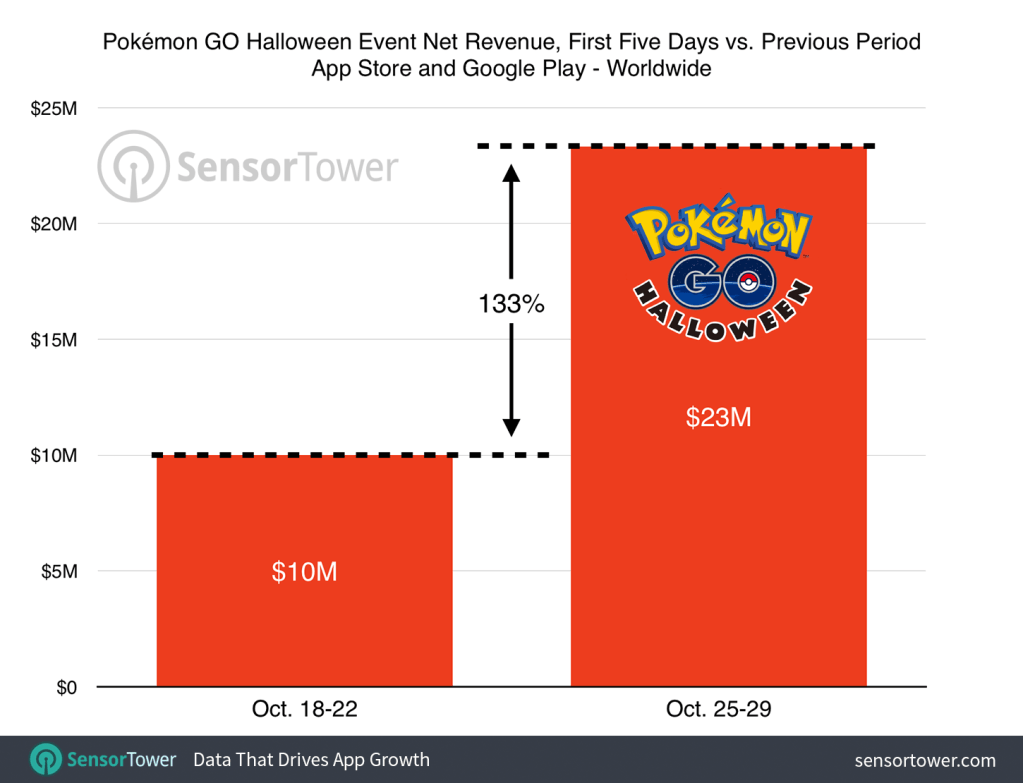I believe that games will empower humanity in inconceivable ways.
I’ll explain. Human motivators (beyond the basics of food, shelter, etc.) can be classified into 6 fundamental needs:
- Certainty: predictability, knowable outcomes, and sense of control
- Variety: exposure to a diverse range of experiences
- Significance: the desire to be known and respected
- Connection: social ties to, and interaction with, fellow human beings
- Growth: feeling a sense of progress and improvement over time
- Contribution: knowing that actions have an impact on the wider world
Different people have different ways of prioritizing these needs, but we all must satisfy these needs to some degree to become properly fulfilled. It has been shown that a person’s behavior, whether positive or negative, can become a habit if it satisfies just 2-3 of these needs.
Great games can satisfy all 6. No wonder we get addicted to them. For instance, games satisfy the fundamental needs in the following ways, respectively:
- Understandable and predictable game mechanics
- Varied challenges, bosses, items, stages, maps, etc.
- Gaming worlds are directly influenced by the player’s actions
- Multiplayer, social components, or even just interacting with in-game characters
- Leveling up, increasing stats, new equipment, collectible achievements, etc.
- Being a hero, helping your team members, filling a party’s role
Farmville, World of Warcraft, Halo, Words With Friends, and many others have all of these needs covered. It’s scary how intensely motivated people get with games. Players of these games dive into them full-tilt in a way that would never happen in their normal lives.
I’ll repeat: I believe that the future of human activity, enabled by technology, will be ruled by games. Augmented reality glasses — the next evolution of our current smartphones — will constantly display the “in-game” stats and improved environmental renderings relevant to your current “game.” Artificial intelligence will be on the alert for gamifying actions beneficial to our lives. Projects will be completed and rewarded like quests, including everything from home renovation to building Mars colonies. Education will be modeled after MMORPGs. Farms will literally become like Farmville. Every aspect of life, from charities to politics, will be gamified. Games are simply too strong a motivator to be ignored by economics and social forces.
The power of gamification is mighty, so we must make sure that it becomes a force for good. Indeed, gamification can be be the most significant way of unlocking human potential. Imagine if personal fulfillment is the most addictive activity in your life — that’s world-changing.
It’s already happening. In Food Force, an educational game published by the United Nations World Food Programme (WFP) in 2005, players take on missions to distribute food in a famine-affected country and to help it to recover and become self-sufficient again. Games For Change (G4C) fosters social impact games in humanitarian and educational efforts. Jane McGonigal, who wrote her PhD thesis on games, is a huge champion of gaming for social good, and has written books on the subject (Reality Is Broken, SuperBetter) and is the Director of Games Research & Development at the Institute for the Future.
There’s still a long way to go, but it’s already clear that the possibilities are endless. I can’t wait.
In fact, I’m working on something to hasten the arrival of our gamified future, so stay tuned.
